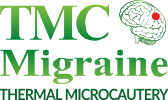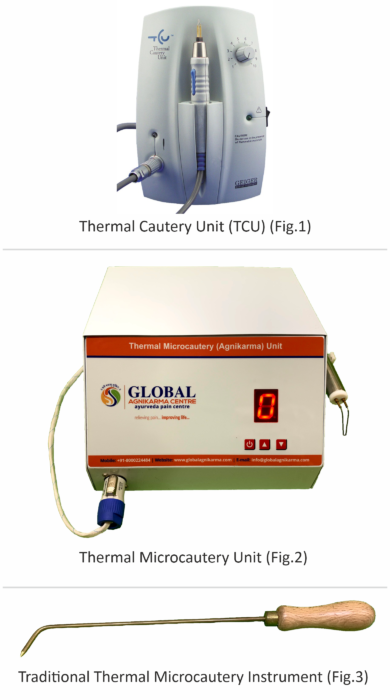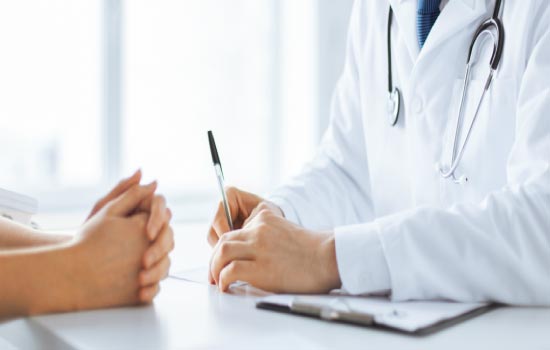Thermal microcautery (TMC) is a form of peripheral nerve field stimulation (PNFS). It is a new method of neuromodulation. There is activation of the A(touch), Aδ and c (fast and slow pain) nerve fibers possibly working by the mechanism of the Gate theory of pain (2). There is facilitation of the descending noxious inhibitory pathway, which is well known to be activated by noxious stimuli.
Additionally, it may be a new direct brain mechanism involving neuromatrix theory, offset analgesia mechanisms and modulation of learning pathways.




